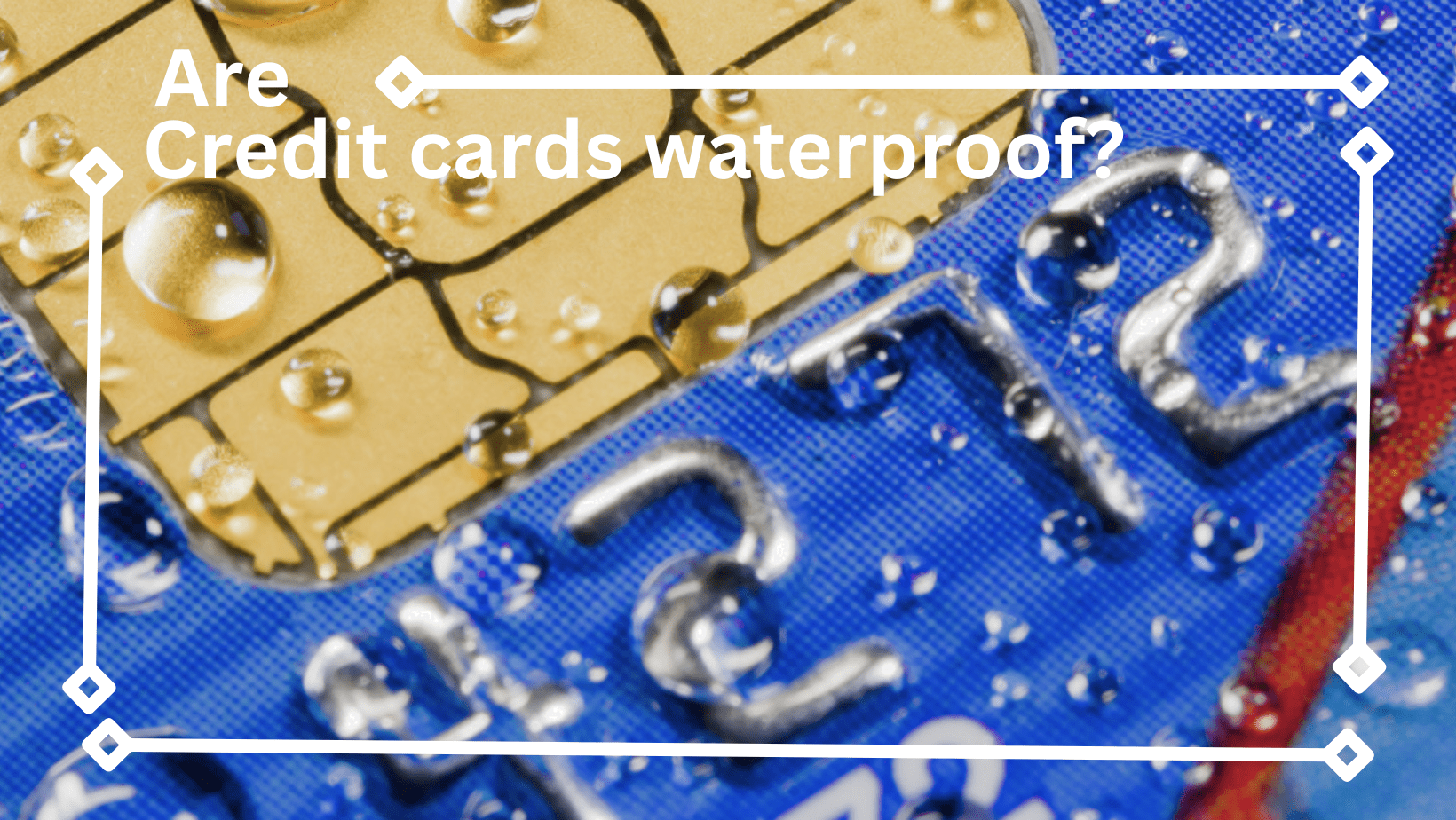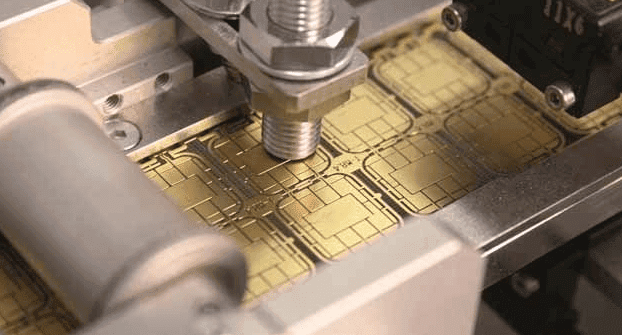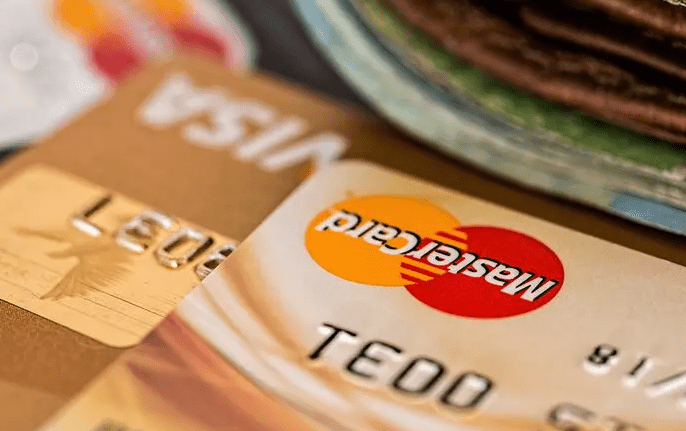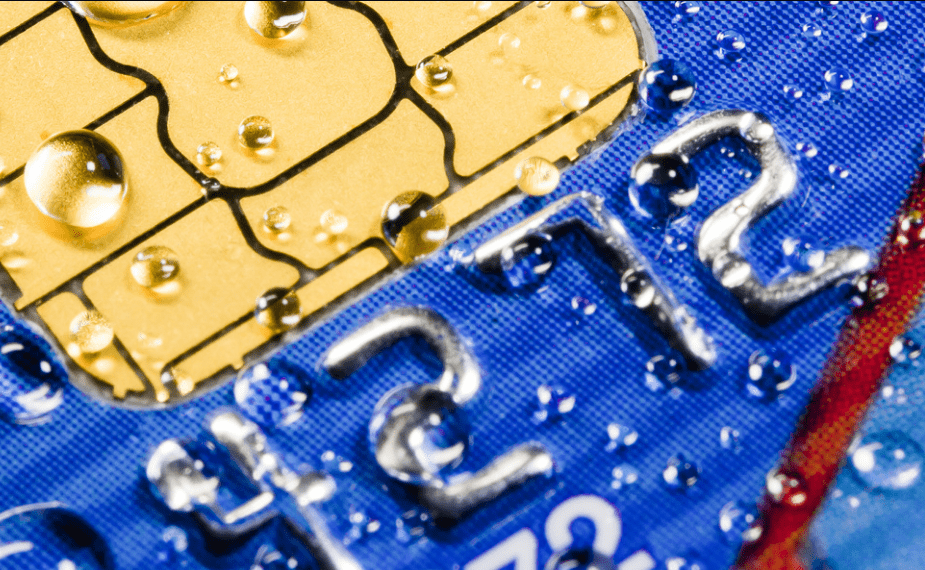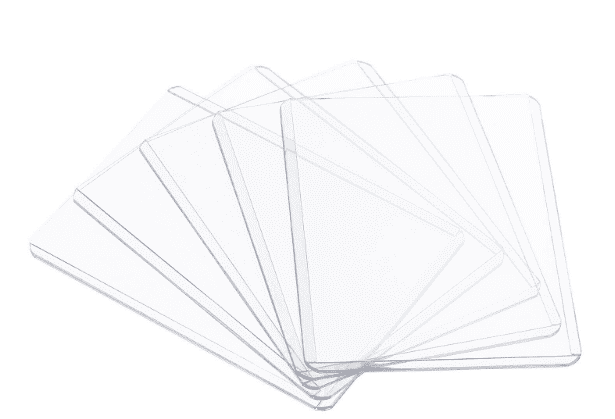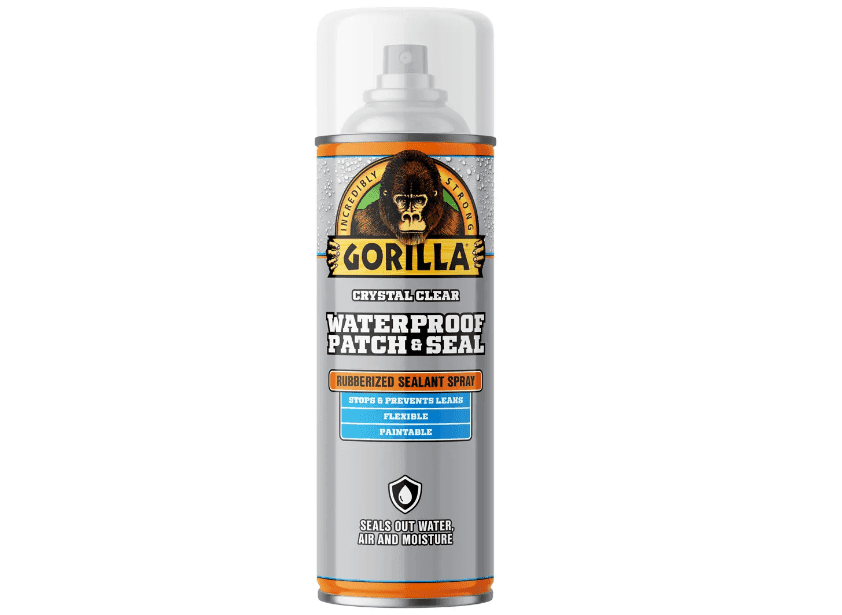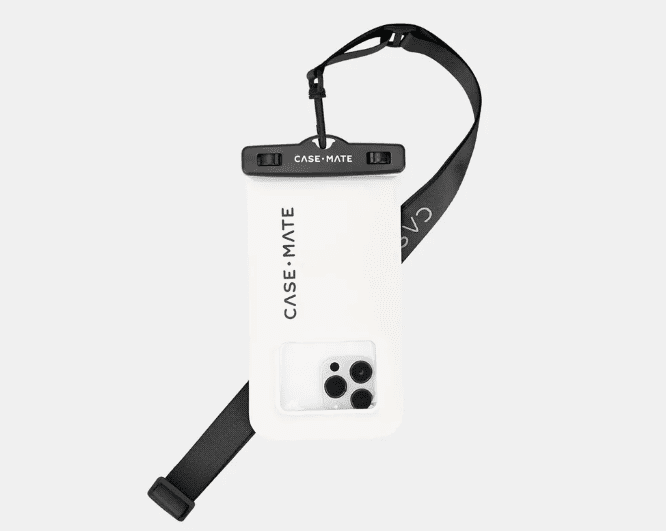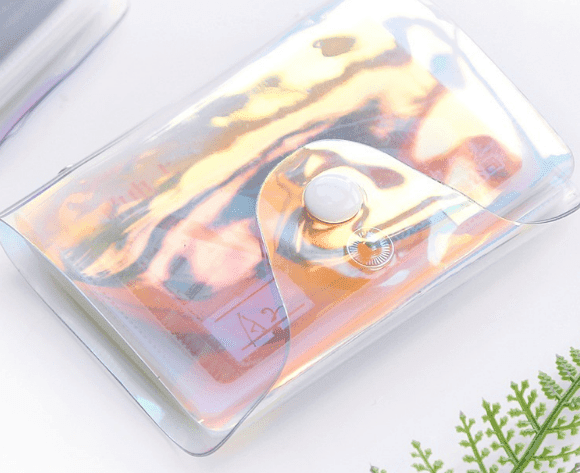In our modern world, credit cards have become an essential part of everyday life. We use them for various transactions, from buying groceries to booking vacations. With the increasing importance of credit cards, it’s natural to wonder are credit cards waterproof. Accidents happen, and cards might accidentally get washed or soaked, leaving us concerned about their functionality.
When it comes to credit cards, there are numerous myths and misconceptions floating around. One such popular question is, “Are credit cards waterproof?” In this comprehensive article, we, as experts in the field, will delve into this topic to provide you with accurate information that can outrank other websites and help you gain a deeper understanding of credit card features. So, let’s dive in!
Understanding Credit Card Construction
Credit cards are made from a combination of materials, which include plastic, metal, and sometimes even hybrid substances. The primary material used in the construction of most credit cards is polyvinyl chloride (PVC). PVC is a durable and flexible plastic that enables credit cards to withstand everyday wear and tear.
So, Are credit cards waterproof, and do they Still Work After Being Washed and Dried?
Credit cards are not designed to be waterproof, and exposing them to water can potentially damage their internal components. The magnetic stripe and the embedded microchip on the card are particularly susceptible to water damage. When a credit card comes into contact with water, it can lead to various issues, such as the card becoming unreadable or malfunctioning during transactions.
The answer is both yes and no, depending on the type of credit card you have. The majority of standard credit cards made from PVC are, to some extent, water-resistant. They can withstand occasional splashes, spills, and even a bit of rain without sustaining damage. However, it’s important to note that credit cards are not entirely waterproof. Submerging them in water or exposing them to prolonged moisture can cause damage to the card’s magnetic strip, the embedded chip, or even the outer layer of the card.
Types of Credit Cards and Water Resistance
Standard Credit Cards
As mentioned earlier, standard credit cards made from PVC have a certain level of water resistance. They are designed to withstand mild exposure to water, but excessive moisture can compromise their integrity.
Metal credit cards, which have gained popularity for their luxurious feel and appearance, tend to be more water-resistant than traditional plastic cards. The metal materials, such as stainless steel or titanium, offer better protection against water damage.
Contactless and Chip Cards
With the transition towards contactless and chip-based payment systems, credit cards have become more resilient to water damage. The chips and contactless features are often well-sealed, reducing the risk of water infiltration.
Waterproof Credit Card Holders
If you want to add an extra layer of protection for your credit card, consider using a waterproof card holder or sleeve. These accessories are specifically designed to keep your card safe from accidental spills and moisture exposure.
The Impact of Water on Credit Cards
Water can have a detrimental impact on credit cards, and it’s crucial to avoid exposing them to moisture. Here’s how water affects the different components of credit cards:
Magnetic Stripe Damage
The magnetic stripe on the back of the credit card is susceptible to water damage. When wet, the stripe’s data can become unreadable, leading to declined transactions. Additionally, the moisture can cause the stripe to warp or delaminate, rendering the card useless.
Microchip Malfunction
For chip-based credit cards, water can seep into the microchip’s tiny circuits, causing malfunctions. A malfunctioning chip may not be able to communicate with the card reader, resulting in declined transactions or the card being temporarily deactivated.
Water Stains and Ink Bleeding
Water can leave unsightly stains on the card’s surface and cause the ink from printed text or the cardholder’s signature to bleed, making the card difficult to read and possibly causing issues during transactions.
What to Do if Your Credit Card Gets Wet?
If your credit card accidentally gets wet, swift action is necessary to prevent further damage. Follow these steps to increase the chances of salvaging your card:
Remove the Card from Water Immediately
As soon as you notice that your credit card has come into contact with water, remove it from the source of moisture. The longer the card stays wet, the greater the chances of damage.
Dry the Card Gently
Use a soft, absorbent cloth to gently pat the card dry. Avoid rubbing the card vigorously, as this may worsen the damage.
Air Dry
Let the card air dry in a cool, dry place. Avoid using heat sources like hair dryers, as excessive heat can warp the card.
Keep the Card in a Dry Place
Place the credit card in a dry, well-ventilated area, away from direct sunlight or heat sources. Allow the card to air dry naturally.
Test the Card
After the card has dried, test it by making a small purchase or using an ATM. If the card works as expected, it might have survived the ordeal. However, keep a close eye on its performance in the following days.
Taking Preventative Measures
Prevention is always better than cure. To protect your credit card from potential water damage, follow these tips:
Invest in a Waterproof Wallet or Card Holder
One of the most effective ways to shield your credit cards from accidental water exposure is to use a waterproof wallet or card holder. These specialized accessories are designed to keep your cards dry even in wet conditions. They come in various sizes and designs, offering you the flexibility to choose the one that best suits your needs.
Separate Your Cards from Liquids
When carrying credit cards in your bag or purse, ensure they are kept in a separate compartment away from any liquids, such as water bottles or beverages. This practice reduces the risk of accidental spills and minimizes the chances of your cards getting wet.
Avoid Carrying Excess Cards
While it might be convenient to have multiple credit cards on hand, carrying an excessive number of cards increases the likelihood of water exposure. Try to limit the number of cards you carry to essential ones, reducing the risk of damage.
Use a Ziplock Bag for Added Protection
If you’re going to a beach, water park, or any place where your cards might be at risk of getting wet, consider placing them inside a sealed ziplock bag. This additional layer of protection can prove valuable in preventing water from reaching your cards.
Be Cautious Around Water Sources
Whether you’re doing the dishes, washing your hands, or enjoying a pool day, be mindful of your credit cards’ location. Keep them at a safe distance from sinks, faucets, and other water sources to avoid accidental splashes.
Opt for Contactless Payments
Where possible, consider using contactless payment methods, such as mobile wallets or contactless credit cards. These methods eliminate the need to swipe or insert your card, reducing the risk of damage.
Regularly Check for Signs of Wear and Tear
Frequently inspect your credit cards for any signs of wear and tear, such as peeling edges, faded prints, or damaged chips. If you notice any issues, contact your card issuer for a replacement before the damage worsens.
Keep a Backup Payment Method
Always have a backup payment method on hand, such as a spare credit card or some cash. This way, if your primary card gets damaged due to water exposure, you can still make necessary purchases without any inconvenience.
Act Quickly if Water Damage Occurs
In the unfortunate event that your credit card comes into contact with water, act promptly by following the steps mentioned earlier in this article. The quicker you dry your card and assess its functionality, the better the chances of preventing significant damage.
The Pros and Cons of Waterproofing Solutions
With the rising concern over credit card water damage, numerous waterproofing solutions have emerged in the market. These solutions claim to offer effective protection against water exposure, but they also come with their own set of pros and cons. Let’s take a closer look at some common waterproofing options:
Waterproof Card Sleeves
Waterproof Spray or Sealant
Waterproof Pouches
Waterproof Phone Cases with Card Slots
While waterproofing solutions can provide added protection, it’s crucial to weigh the benefits against the potential drawbacks. Ultimately, your diligence in practicing good habits, such as using a waterproof wallet and being cautious around water sources, plays a significant role in safeguarding your credit cards.
Final Words on Are credit cards waterproof?
In conclusion, credit cards are not waterproof, and exposure to water can lead to various issues, such as unreadable magnetic stripes, malfunctioning microchips, and ink bleeding. If your credit card gets wet, it’s essential to follow the proper drying steps and test its functionality before using it again.
By investing in a waterproof wallet, keeping cards separate from liquids, and being cautious around water sources, you can minimize the risk of water exposure. Additionally, understanding the pros and cons of various waterproofing solutions can help you make informed decisions about how to protect your credit cards effectively.
Remember, swift action is essential if your credit card comes into contact with water. By following the proper drying steps and regularly inspecting your cards for signs of wear, you can prolong their lifespan and maintain seamless transactions.
Protecting your credit cards from water damage ensures that they remain a reliable and indispensable tool in your financial endeavors. So, stay cautious, be proactive, and keep your credit cards dry for a smooth and worry-free spending experience.
FAQs
Can I Use My Credit Card Immediately After It Gets Wet?
No, it is not advisable to use your credit card immediately after it gets wet. You should follow the steps mentioned earlier to dry the card and check its functionality before attempting any transactions.
Are All Credit Cards Equally Susceptible to Water Damage?
While most credit cards are susceptible to water damage, the extent of the damage may vary depending on the card’s material and construction.
Will My Bank Replace a Water-Damaged Credit Card?
In many cases, banks will replace water-damaged credit cards. Contact your bank’s customer service immediately to report the incident and request a replacement card.
Can I Waterproof My Credit Card?
While some third-party products claim to waterproof credit cards, it’s essential to remember that altering your credit card in any way may void its warranty and cause unforeseen issues.
How Can I Prevent Water Damage to My Credit Card?
To prevent water damage, store your credit cards in a waterproof wallet or pouch. Additionally, be cautious not to place your cards near liquids or in pockets where they might come into contact with moisture.
What Is the Best Way to Clean a Credit Card?
To clean a credit card, use a soft cloth dampened with water or isopropyl alcohol. Avoid using harsh chemicals, as they can damage the card’s surface.

